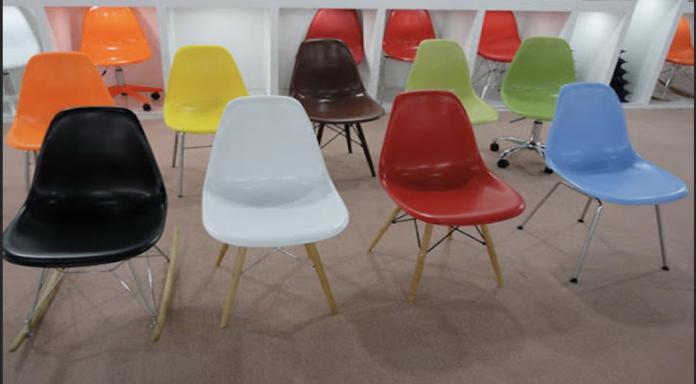You can do the Burn Test when you need to test the plastic. You can hold the sample in a flame for about 10 seconds, but be careful not to cut it. The color of the flame will be yellow, while the other plastics can have blue edges. Once you have a clear view of the flame, you can compare the two. If you can spot the difference, you can make an informed decision.
Density of Material
Burning a plastic sample will tell you whether it is ABS plastic or PVC. This is because ABS floats in water, while PVC flows in glycerin. The difference in color between the two types is that the former is black, while the latter is white. Therefore, if the flame is clear, the plastic is ABS. It is also essential to take into consideration the density of the material.
Rubber Glove
There are several ways to tell whether plastic is ABS or Polypropylene. The density of the plastic in water and a yellow flame with blue edges are signs that it is ABS. You can also conduct a burn test to confirm ABS’s material. If you use a razor blade on the plastic, you must first lay down a thick surface. In addition, you should use a rubber glove to protect your fingers from the shards.
High-Heat Situations
You can tell if plastic is ABS or Polypropylene by its odor. You can also identify it by the material’s ID code. It is important to remember that ABS is generally more toxic than PVC. However, PVC is not used in high-heat situations and is usually safe for the environment. If you’re unsure about the plastic you have, ask the manufacturer to send you a sample.
Infrared analysis is another way to tell which plastic is ABS or PP. You can conduct this test by looking at the density of the material. If you’re unsure, try using a sharpened razor blade. If the object is black, it is ABS. A bright red or white flame is more likely a PP. If you see the red flames, it is expected ABS.
Type of Plastic
If you’re unsure which type of plastic you have, you can test it by burning it. ABS plastic doesn’t float in water, but it flows in glycerin. It is denser than PVC. Both have different properties, but ABS is the better choice for flammability. When comparing the two, it’s important to remember that the yellow flame indicates the polymer is the superior choice.
The most obvious way to test whether plastic is ABS or PVC is to run it through a salt solution. When dissolved in water, ABS will float. When tested with a knife, the plastic should have a sharp blade. In the same way, a thin blade will not give you a clear picture. If the test fails, it’s probably ABS.
ABS or PVC
The smell of the plastic is another way to determine whether it is ABS or PVC. If you can smell it, it’s probably ABS, but don’t worry, you can’t smell it. It will likely emit a rubbery odor, so if you notice it, the plastic is ABS. If it has a sharp odor, then it’s probably ABS.
Burning a plastic sample can also help you determine which one is ABS. Unlike PVC, ABS doesn’t float in glycerin. When the two are exposed to water, the plastic will melt. If you burn plastic, it will melt and crystallize. But if you burn a piece of PVC, the plastic will break and become soft.
Conclusion:
By smelling the plastic, you can tell which is ABS or PVC. If plastic is not clear, it will likely smell like it is made of PVC. In addition, PVC has a higher melting point than ABS, but if the plastic is dissolved in acetone, it will be a different smell. Finally, when it burns, it will become yellow smoke.

